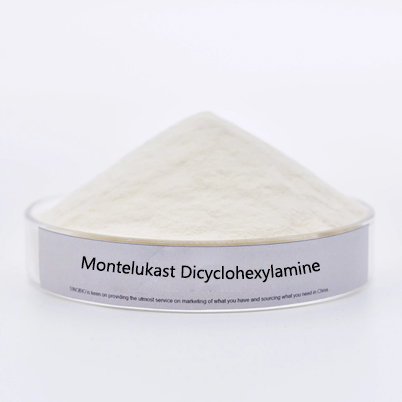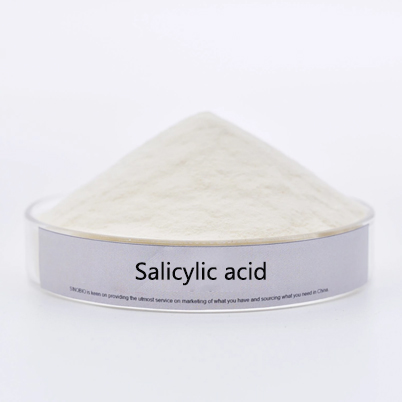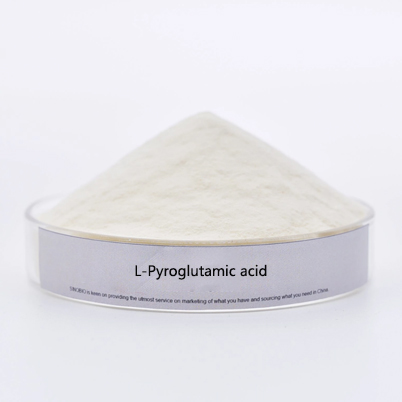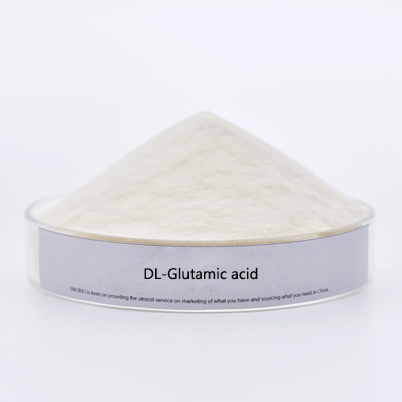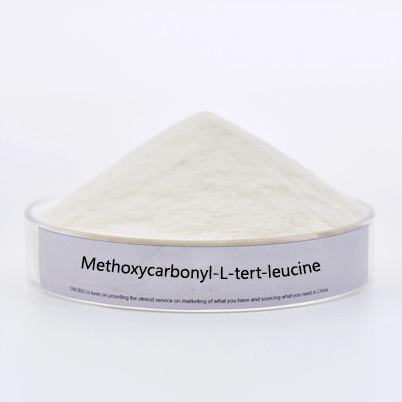- E-mail : info_medicalmarketing@jindunmedical.com
- Phone : +86 21 64057580
- Address : Shanghai China
Tartaric acid, a strong addition to the chemical industry
In recent years, the development of emerging biotechnology has provided strong support for the development of biochemical industry, and a number of key special projects such as "synthetic biology" and "renewable energy" have been launched one after another, providing a continuous source of technological innovation and industrial development in the field of biochemical industry. The project has injected strong impetus into the technological innovation and industrial development of biochemical industry. Nowadays, there are many examples of important raw materials based on biological routes, such as tartaric acid and citric acid (the monomer of many new polymers) contained in plants.
Tartaric acid, an unfamiliar chemical term? If you like wine and have heard of the diamonds in wine, then you must be impressed. Tartaric acid is what wine contains, small, flaky, clear, diamond-like particles that are harmless, a natural component that usually forms in red and white wines that have not yet been cooled and stabilized. Tartaric acid was first isolated from potassium tartarate by the alchemist Jabir around 800 AD.
In modern terms: Tartaric acid, or dihydroxysuccinic acid, is a natural component found in grape fruit or other fruits (e.g. bananas, tamarind, capers) that forms crystals at low temperatures. It is unique to grapes and is not found in other fruits. Tartaric acid is also one of the most abundant acids in wine and plays a crucial role in the freshness and acidity of the finished wine, directly affecting its pH value and long-term stability.
Tartaric acid is the backbone of wine! With the development of the biochemical industry, the role of tartaric acid has been further explored. Refined tartaric acid, with low impurity content and high purity. As an antioxidant added to food to give food an acidic taste, it is mostly used daily to regulate and improve the aroma effect, giving you more delicious enjoyment.JINDUN MEDICAL has a wide range of high quality raw materials and production additives to provide customers with assured products, both in quality, service and price, to easily meet your needs!
In addition, tartaric acid also plays an important role in the discovery of chemical chirality. Tartaric acid has two mutually symmetrical chiral carbon with three spin isomers: levorotatory L-tartaric acid, dextrorotatory D-tartaric acid, and endocyclic tartaric acid, of which the dextrorotatory is the most common. According to my understanding,, dl-tartaric acid, one of the new varieties of food additives, has been included as an acidity regulator in the "Food Safety National Standard Food Additive Use Standard" (GB 2760), which allows for use in food categories such as batter, breading, frying powder, fried pasta products.
Tartaric acid, like a master magician, can change into different incarnations to serve our daily life, including: as a food additive, production raw material and chemical raw material, used to prepare many famous chiral catalysts, and as a chiral source to synthesize complex natural product molecules; in the mirror industry, tartaric acid is an important additive and reducing agent to control the rate of silver mirror formation and to obtain very uniform plating.
JINDUN MEDICAL is plowing the future of the tartaric acid niche industry with passion and innovation, contributing to the development of the bio-industry. The industrial tartaric acid (origin: Zhejiang Hongshan, Zhejiang Jinlong), food grade tartaric acid (origin: Changzhou), and high purity tartaric acid (origin: Rhodia) are playing an active role in stabilization!
-
date
2022-12-08
-
location
Shanghai, China






































